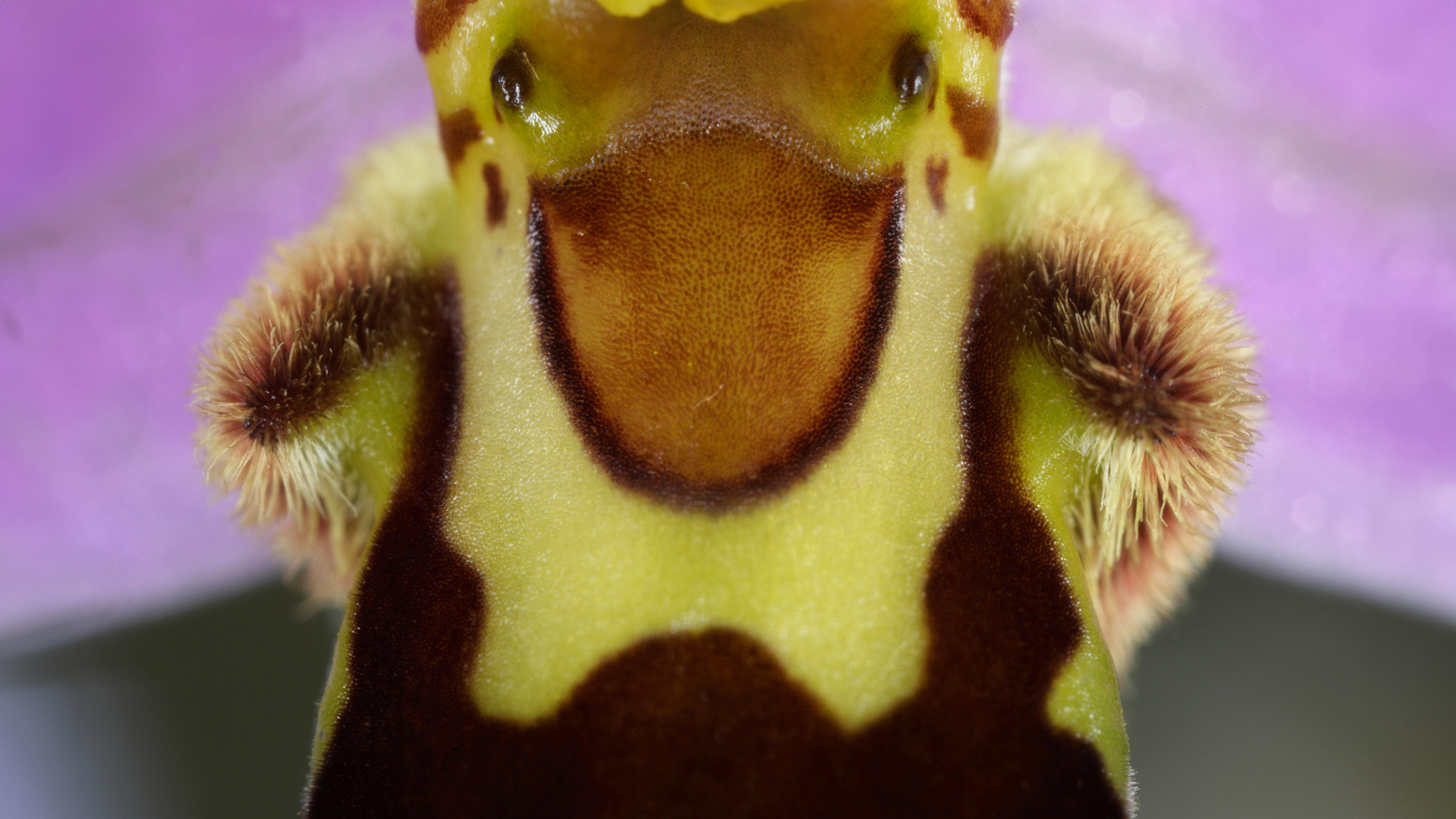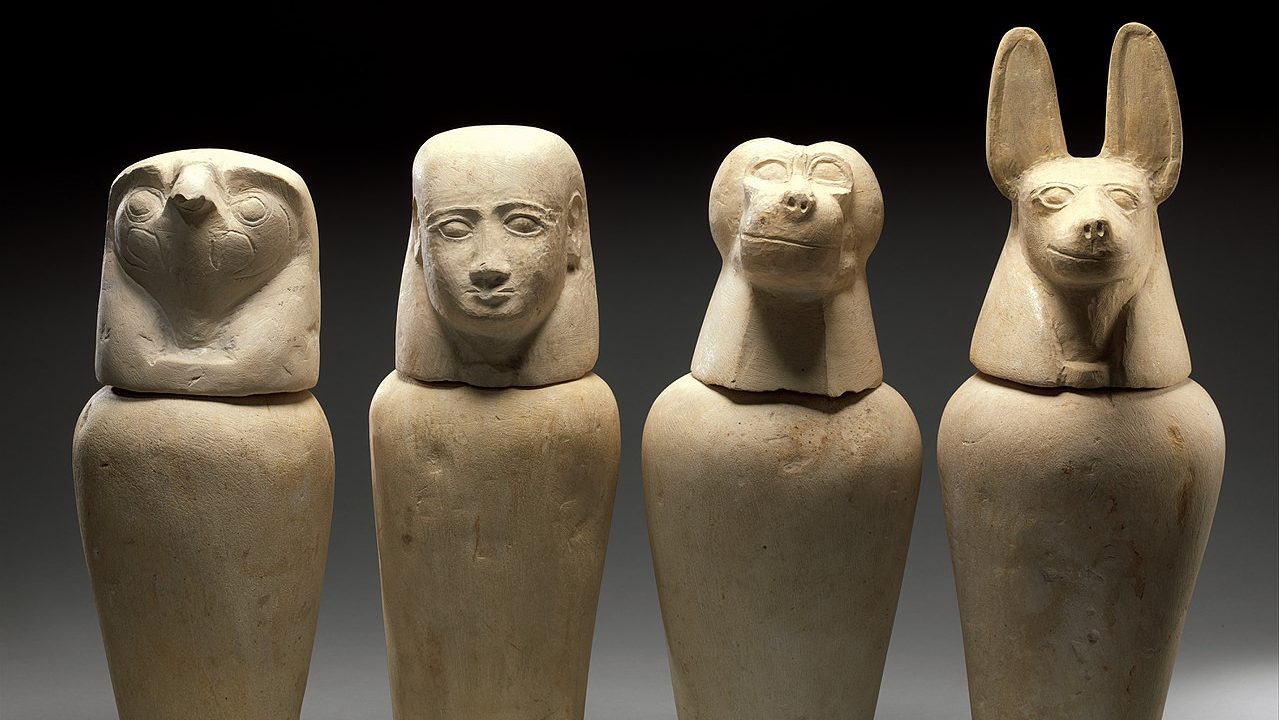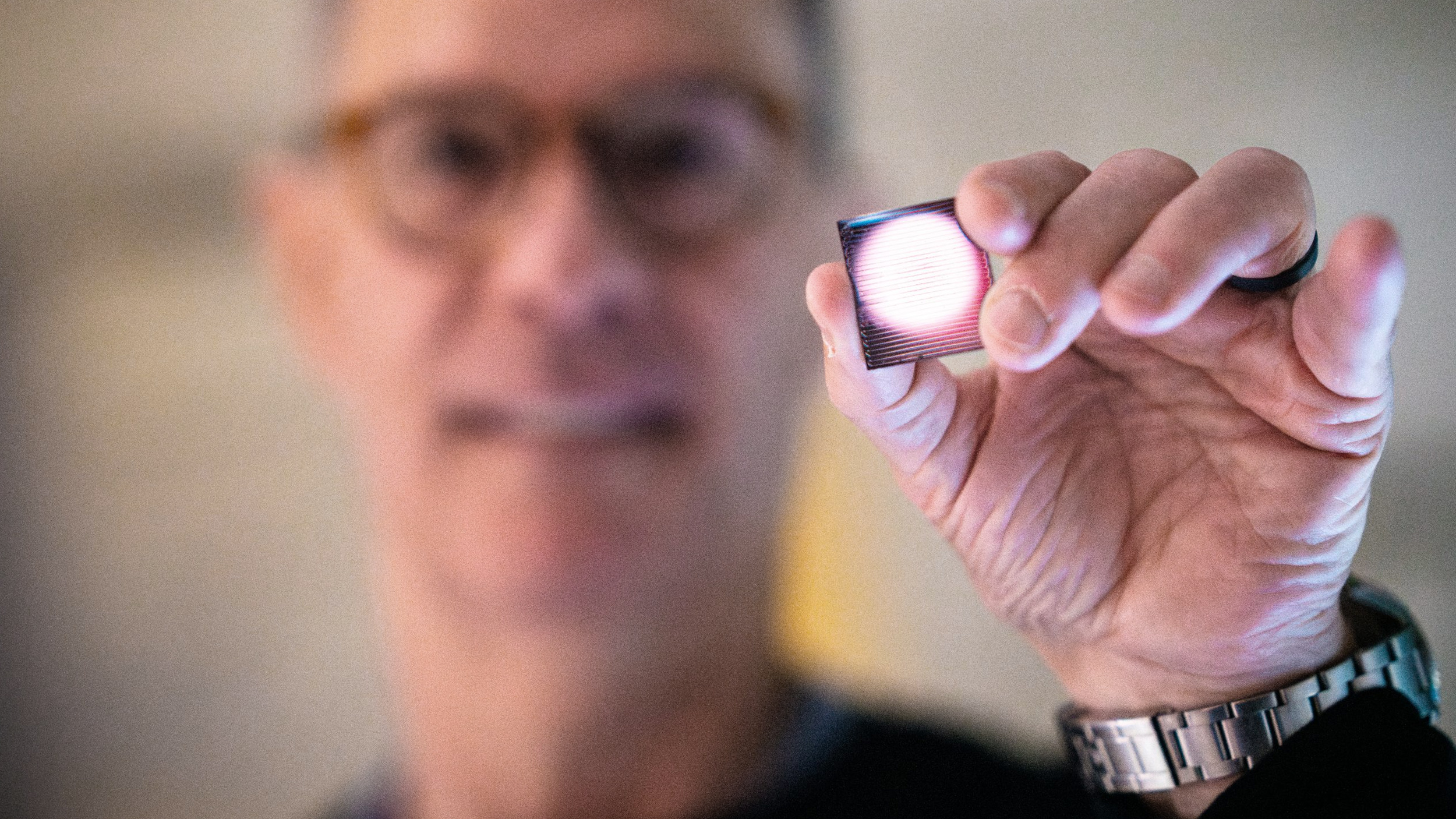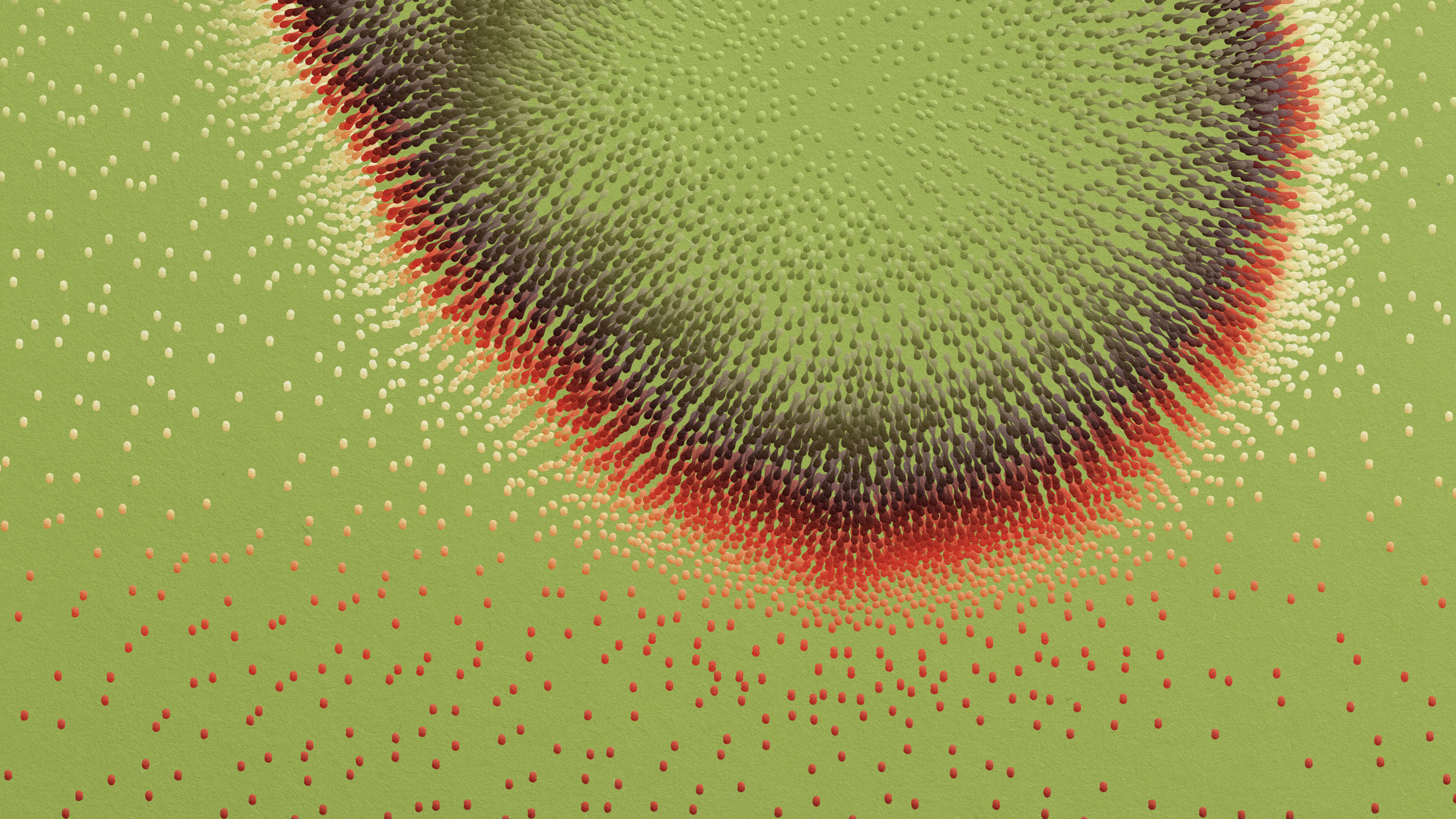How Many Odors Can the Human Nose Detect?

It used to be commonly believed that the human nose can pick up 10,000 odors. We were wrong “by a factor of a hundred million,” according to The Washington Post.
Take that felines! The human nose can detect at least 1 trillion odors. The study was carried out by molecular neurologist Leslie Vosshall at Rockefeller University.
From The Washington Post:
While the boundaries of our visual and auditory systems are well-known, this experiment was the first to test the limits of the human olfactory system. Our noses exceeded all expectations, given that a trillion smells marked the lower limit of our range. For comparison, our eyes can see a few million different colors, and we can hear about 340,000 tones.
The new study should put an end to the widely quoted estimate of 10,000 smells — which many researchers didn’t quite believe.
“Ten thousand is kind of pathetic — it’s a pretty low number,” said study author and molecular neurobiologist Leslie Vosshall of the Rockefeller University. “It led to the idea that humans have a comparatively low sense of smell.”
So then where did the 10,000 odors assumption come from?
According to olfactory expert Avery Gilbert, who was not involved in the new study, the 10,000-smell estimate stems from a 1927 manuscript by two American chemists. They came up with an odor classification system based on four primary smells — fragrant, acid, burnt and caprylic (goat-smelling) — and suggested that any scent could be formed from those building blocks. Using a nine-point scale for each primary smell, they came up with a total of 6,561 possible different smells. Later, that number was rounded up to 10,000.
“As a number, it says more about bean counting than about the biology of olfaction,” Gilbert said in an e-mail. By contrast, he believes the new “spectacular” number makes sense.
The researchers used a palette of 128 different odor molecules — the simplest building blocks of smells — to create new composite scents. Some of the smells we know best are mosaics made up of hundreds of different odor molecules. For example, the scent of a rose is produced by 275 components working in harmony, and a cup of coffee can contain 400 to 500 — although many are too faint to be detected.
To read more about the study, head over to The Washington Post.
Image credit: T.Kiya/Flickr





